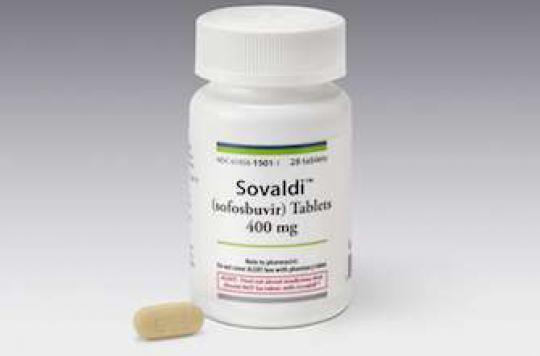In order to prevent the treatment of hepatitis C, Sovaldi, from exploding the Social Security budget, the government has reinstated a tax on the laboratories concerned.

It’s not yet a phew of relief but it looks like it. After months of procrastination and discussions, the government has finally found a solution to make Sovaldi accessible to a greater number of patients with hepatitis C. They are 200,000 in France. This drug from the American laboratory Gilead is an almost miracle treatment which treats 90% of patients without causing the side effects of competitors (depression, personality disorders) and without pain.
The problem is its cost: 56,000 euros every 3 months. Either an annual bill for Social Security in 2015 of the order of 800 million to 1 billion euros, which represents 4% of the total budget for drugs.
How then to control health insurance expenditure, that is to say reduce the bill, without rationing patient care? During the presentation on Monday of the 2015 social security financing bill, the Minister of Health exposed her “expenditure regulation mechanism” linked to the treatment of hepatitis C. In fact, these are two devices that are implemented, the first intervening only if the second fails.
A tax for laboratories
In practice, the bill provides for the introduction of the “K rate”. This mechanism was created in 1999 (in the Social Security Code) to protect the Health Insurance against an excessively large or too rapid increase in drug costs compared to the anticipated trend. And this is precisely the case with Sovaldi. So how does this regulatory mechanism work?
“A posteriori of the expenditure of drugs, contributions will have to be paid by the pharmaceutical laboratories when the rate of evolution of the turnover excluding tax exceeds a rate, called rate K, fixed each year by the law of financing of the social security (LFSS) ”, specifies the text. So this is in fact a new tax for the drug industry.
And for hepatitis C, this mechanism will be triggered beyond an annual turnover limit for the drugs concerned. Without citing it, it is indeed the Sovaldi in question.
Beyond this amount, the laboratories concerned will have to pay a progressive contribution, calculated according to the turnover achieved. The goal: to prevent the entire sector from paying contributions for an overrun caused by hepatitis C drugs.
Concretely in 2014, this regulatory mechanism will be triggered if the turnover allocated to the treatment of hepatitis C exceeds 450 million and 700 million euros in 2015.
An alternative provision with more incentive
But in practice, pharmaceutical laboratories will be able to opt for an alternative device, “by concluding an agreement with the Economic Committee for Health Products (CEPS). This more flexible conventional mechanism leads to the payment of discounts rather than contributions. For the government, “Laboratories are encouraged to enter into these agreements. »Indeed, the amount of discounts to be paid in the event of overrun is lower than that of the contribution. Concerning the K rate, it must be adapted to the evolution of the drug market.
“This mechanism, explains the government a little treacherous, makes it possible to support a possible overrun attributable to hepatitis C drugs only to the laboratories concerned”. By the way, other pharmaceutical companies will not be penalized by this device, which only targets hepatitis C.
.















